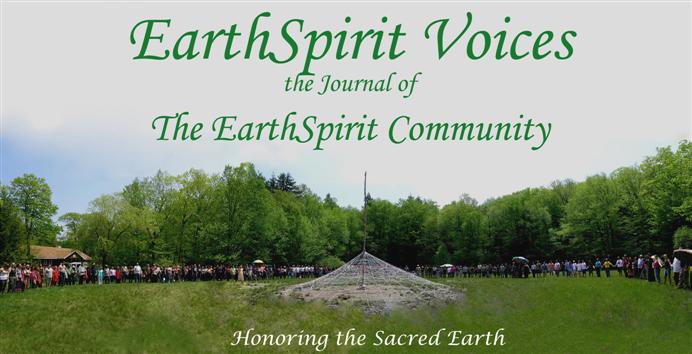by Deirdre Pulgram Arthen
Last week while I was in New York I visited this wonderful exhibition at the NYU Institute for the Study of the Ancient World. The gallery, which is very near the Metropolitan Museum of Art on the upper east side, contains two full rooms of stunning female figurines and beautifully painted pots from between 5000 and 4000 BC in Central Europe. This collection has never been in the US before and is really worth a visit. Even if you can't get there, the web site, which has lots of information and photos, is worth visiting and the book that accompanies the exhibit is wonderful. Just wanted to pass along the recommendation!
From the exhibition website: "The Lost World of Old Europe brings to the United States for the first time more than 160 objects recovered by archaeologists from the graves, towns, and villages of Old Europe, a cycle of related cultures that achieved a precocious peak of sophistication and creativity in what is now southeastern Europe between 5000 and 4000 BC, and then mysteriously collapsed by 3500 BC. Long before Egypt or Mesopotamia rose to an equivalent level of achievement, Old Europe was among the most sophisticated places that humans inhabited. Some of its towns grew to city-like sizes. Potters developed striking designs, and the ubiquitous goddess figurines found in houses and shrines have triggered intense debates about women’s roles in Old European society. Old European copper-smiths were, in their day, the most advanced metal artisans in the world. Their intense interest in acquiring copper, gold, Aegean shells, and other rare valuables created networks of negotiation that reached surprisingly far, permitting some of their chiefs to be buried with pounds of gold and copper in funerals without parallel in the Near East or Egypt at the time. The exhibition, arranged through loan agreements with 20 museums in three countries (Romania, The Republic of Bulgaria and the Republic of Moldova), brings the exuberant art, enigmatic goddess cults, and precocious metal ornaments and weapons of Old Europe to American audiences."
For more information about the exhibit location and hours: http://www.nyu.edu/isaw/exhibitions.htm
For detailed information about the contents of the exhibit: http://www.nyu.edu/isaw/exhibitions/oldeurope/
(photo of the Thinker from the introduction to the exhibit)
Tuesday, March 30, 2010
Subscribe to:
Post Comments (Atom)
.jpg)




Thanks for the recommendation, it looks fabulous!
ReplyDeleteI was amused, however, at the use of the positive word "recovered" by the exhibition website, to refer to the actions of the archaeologists. "Collected" would be a better neutral term. "Looted" would be the one preferred by many. I just love the image of archaeologists "recovering" items that the ignorant old natives "lost" in graves.
I agree, the language is not exactly what I would have used either, but the exhibit was beautiful and a remarkable opportunity to see.
ReplyDelete